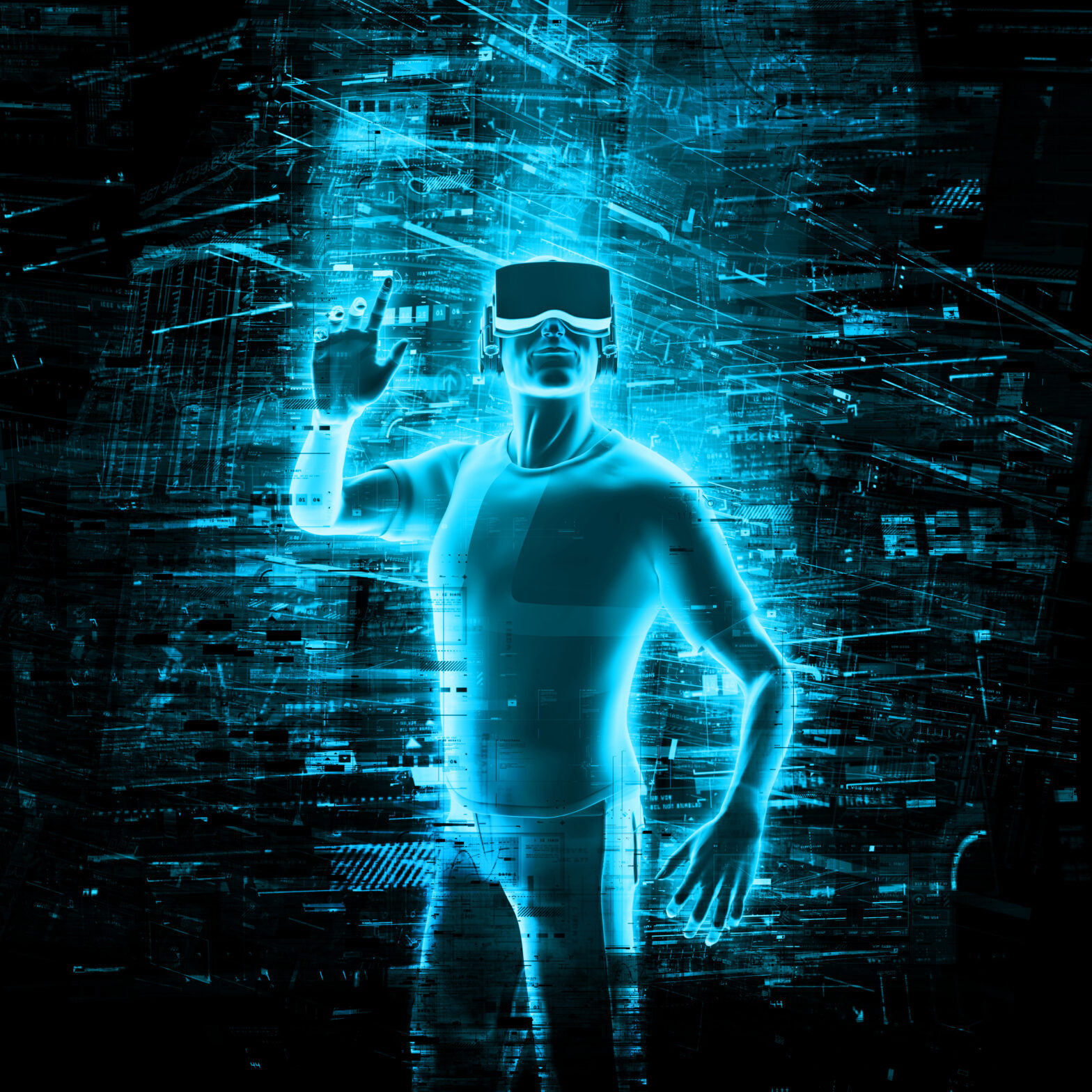Unsurprisingly, there was a lot of noise surrounding VR at this year’s Mobile World Congress. With brands such as Microsoft and Samsung showcasing new offerings, it featured in many commentator’s ‘hottest gadgets’. And with a Spring 2018 release slated for Ready Player One, the Spielberg-directed film set largely in virtual worlds, VR is set to be propelled further into the public’s consciousness, just as 3D was with Avatar.
While there are bound to be critics of the technology and it is not yet mainstream, it is my belief that the next 12-18 months will see VR move beyond gaming, movies and theme parks. It has already been making waves in these sectors, from being used in the movie preview of Assassin’s Creed, by the Natural History Museum in London to showcase David Attenborough’s barrier reef exploration and the BBC has commissioned a VR spacewalk to allow viewers to look down at the Earth from space.
>See also: The future of virtual reality
But VR has the capacity to beyond entertainment and become a serious tool in marketing, advertising and broadcasting. The promise is clearly there for it to create new significant revenue opportunities for the brands that can harness it. But they will need to go beyond just creative execution and adoption, and look to data analytics if they really want to unlock true value from the technology.
Making sense of the data
The success of VR is going to depend on significant outlay on both sides. Consumers will need to purchase hardware such as VR headsets and compatible displays and devices, as well as potentially additional VR channels, while broadcasters and advertisers will have to invest in engaging content, whether TV shows, advertising, or spin-off content. In order to see a return, they will have to be creative and strategic in their output to give VR experiences longevity, rather than just being a gimmick. To do this, brands should be looking beyond the consumer headsets and thinking about VR as a powerful tool in their marketing mix.
The technology will make it much easier to track wearers’ behaviour: what someone looks at first, what catches someone’s attention and how, and even what content makes them take the VR headset off – moving beyond just traditional insight into channel selection or adverts.
>See also: The first step in bringing virtual reality to the workplace
Being able to generate and collect this level of behavioural data will be invaluable provided, of course, that they can analyse it, make meaning from the information and adapt their strategy accordingly. This will require a powerful data platform and IT infrastructure, but also access to the right skills to able to collect and crunch this level of granular information.
These data insights will mean broadcasters and advertisers will be able to produce more informed, personalised content and targeted advertising, moving well beyond our current TV and online experiences.
The aim is to make consumers less likely to remove the headset in the same way as they would traditionally switch channels during an advert break or fast-forward on demand. Prove they can captivate an audience in such a way, and broadcasters and advertisers can continue building on their VR strategy; developing great content and coming full circle to grow their revenues.
>See also: How virtual reality is transforming the enterprise
Smart partnerships will win out
VR is still very much an emerging technology, with even the most advanced players still learning how consumers will adopt it. Key to brands wanting to success will be partnering – to share the costs of hardware, software and content creation but also the skills and infrastructure to make sense of the masses of data surrounding their customers.
For VR to become more than just a gimmick for consumers, collaboration, the right technology and understanding of what customers want, will be crucial to ensure the promised revenues will be realised in the real world.
Sourced by Chris Lawrence, head of media consulting in UK and Ireland at Cognizant
The UK’s largest conference for tech leadership, TechLeaders Summit, returns on 14 September with 40+ top execs signed up to speak about the challenges and opportunities surrounding the most disruptive innovations facing the enterprise today. Secure your place at this prestigious summit by registering here










